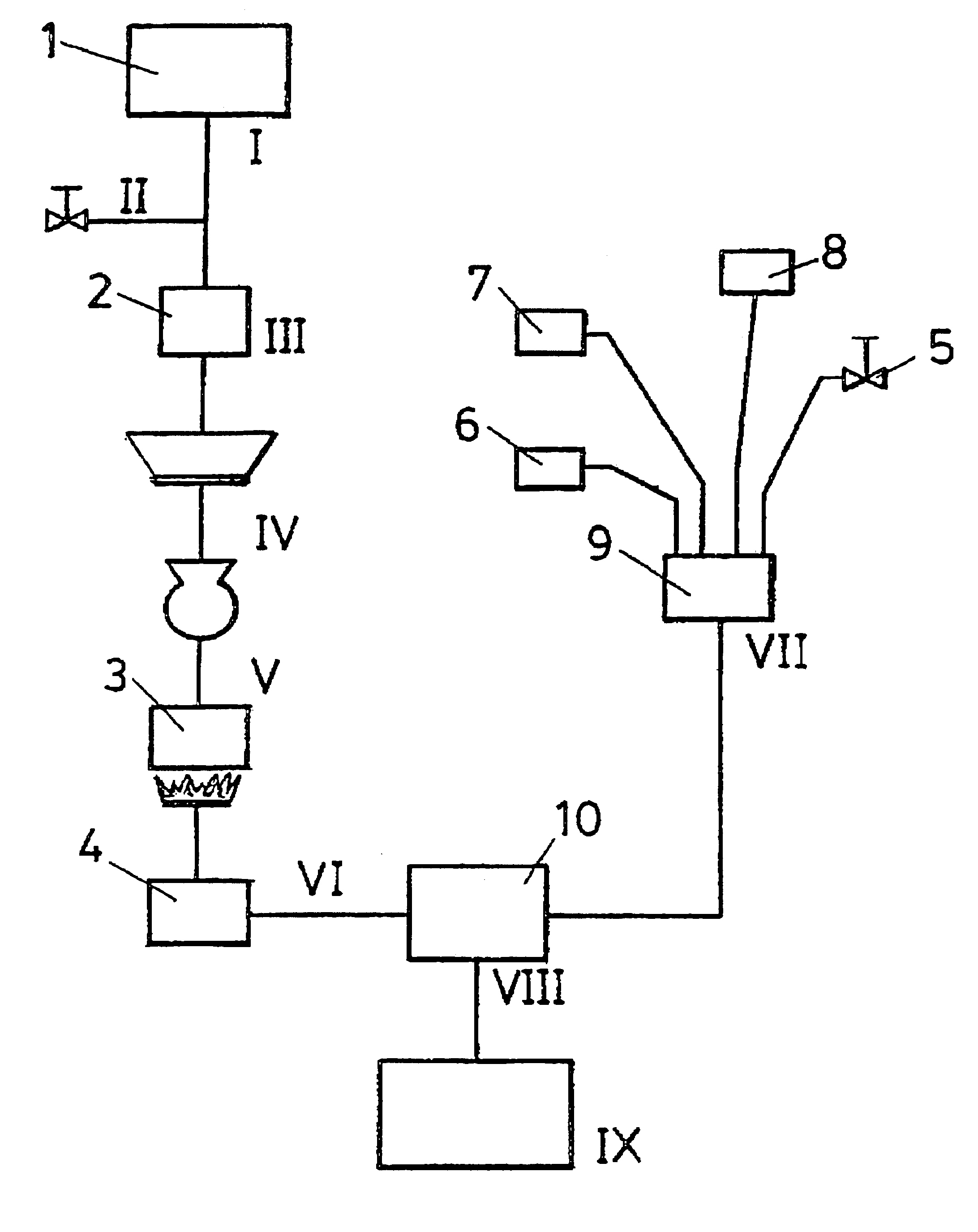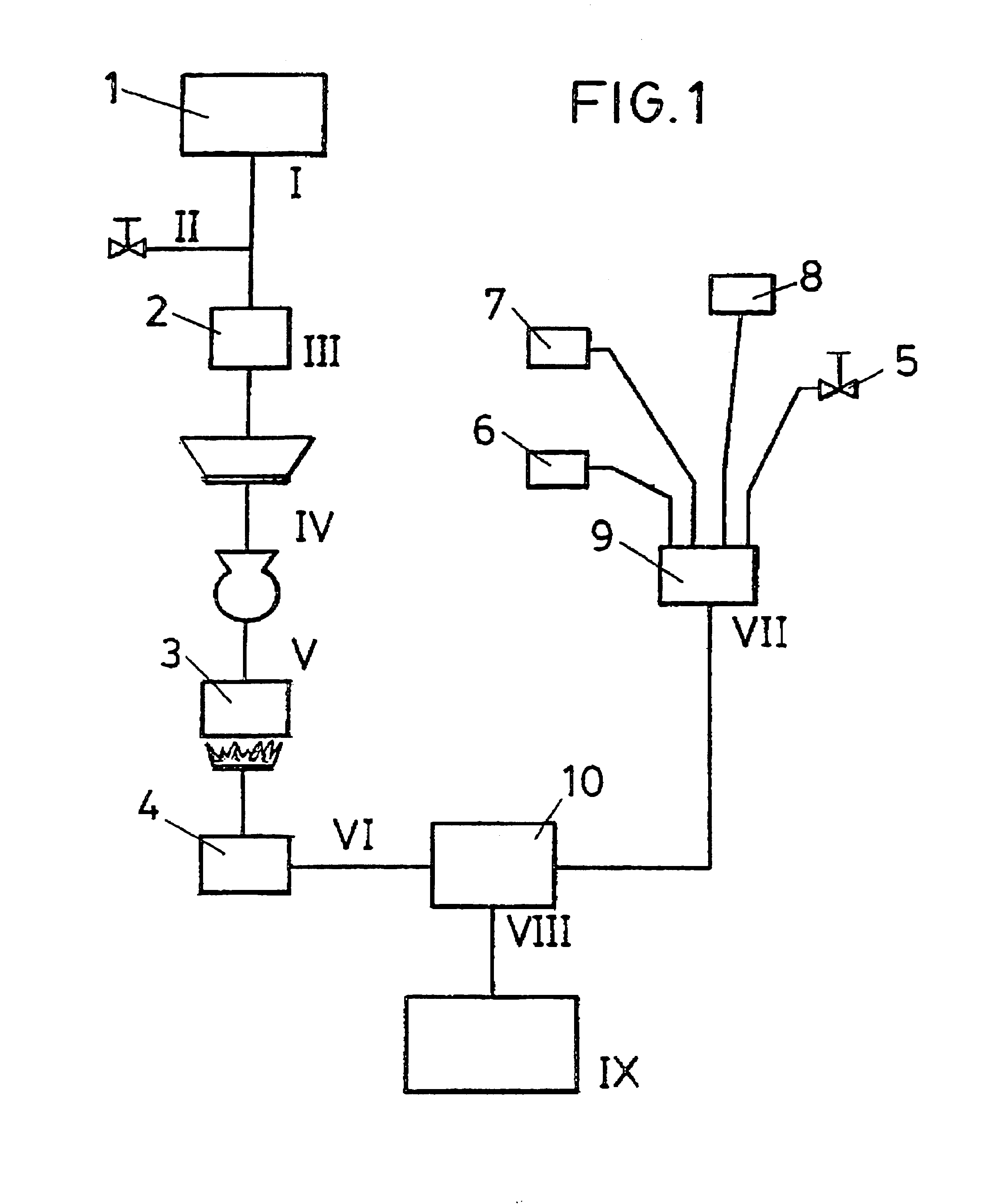Process for producing a food colorant, colorant thus obtained and uses thereof
a technology of food colorants and processing methods, applied in the direction of azo dyes, organic dyes, beer brewing, etc., can solve the problems of unfavorable industrial food coloring, subject to very extensive toxicological studies, and inability to use natural products. to achieve the effect of reducing the risk of contamination, and improving the quality of food colorants
- Summary
- Abstract
- Description
- Claims
- Application Information
AI Technical Summary
Problems solved by technology
Method used
Image
Examples
Embodiment Construction
The invention object of the present specification relates to a procedure for obtaining a food colorant and substitutes obtained with it, from among black food colorants, based on the stabilisation of a natural colorant such as cephalopod ink, that will be denominated cephalopod black hereinafter, this procedure allowing the natural ink originating from these species, generally of commercial use, to be stabilised in such a way that it can be used as a food colorant.
For these ends, the bags of ink or secretary glands of cephalopods such as cuttlefish, pota, octopus or any species of cephalopod that has secretary glands, are cleaned by hand, strained and mechanically ground, until a homogeneous mass is obtained.
The mass so obtained is submitted to a thermal treatment, then allowed it to cool to room temperature in the same container, conveniently covered.
Simultaneously water, vegetal carbon of medicinal quality (activated carbon), cellulose hydrolisate and common salt (sodium chloride)...
PUM
 Login to View More
Login to View More Abstract
Description
Claims
Application Information
 Login to View More
Login to View More - R&D
- Intellectual Property
- Life Sciences
- Materials
- Tech Scout
- Unparalleled Data Quality
- Higher Quality Content
- 60% Fewer Hallucinations
Browse by: Latest US Patents, China's latest patents, Technical Efficacy Thesaurus, Application Domain, Technology Topic, Popular Technical Reports.
© 2025 PatSnap. All rights reserved.Legal|Privacy policy|Modern Slavery Act Transparency Statement|Sitemap|About US| Contact US: help@patsnap.com


